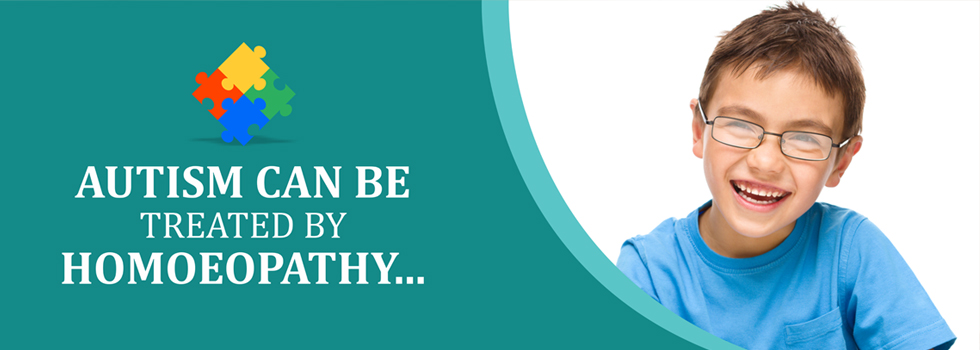






 Hives are raised, often itchy, red welts on the surface of the skin. They are usually an allergic reaction to food or medicine.
Hives are raised, often itchy, red welts on the surface of the skin. They are usually an allergic reaction to food or medicine.
When you have an allergic reaction to a substance, your body releases histamine and other chemicals into your bloodstream.This causes itching, swelling, and other symptoms.
Hives are a common reaction, especially in people with other allergies such as hay fever. When swelling or welts occur around the face, especially the lips and eyes,it is called angioedema. Swelling from angioedema can also occur around your hands, feet, and throat.
Many substances can trigger hives, including: Animal dander (especially cats), Insect bites, Medications, Pollen, Shellfish, fish, nuts, eggs, milk, and other foods.
Hives may also develop as a result of Emotional stress, Extreme cold or sun exposure, Excessive perspiration, Illness (including lupus, other autoimmune diseases, and leukemia, Infections such as mononucleosis.
Symptoms are Itching, Swelling of the surface of the skin into red- or skin-colored welts (called wheals) with clearly defined edges, The hives may get bigger, spread, and join together to form larger areas of flat, raised skin.They can also change shape, disappear, and reappear within minutes or hours. A true hive comes and goes.
When you press the center of one, it turns white. This is called blanching. Hives may be uncomfortable, but they generally are harmless and disappear on their own. In most cases, the exact cause of hives cannot be identified.Avoid exposure to substances that give you allergic reactions. Don't wear tight-fitting clothing and avoid hot baths or showers just after an episode of hives. These can both cause the hives to return.